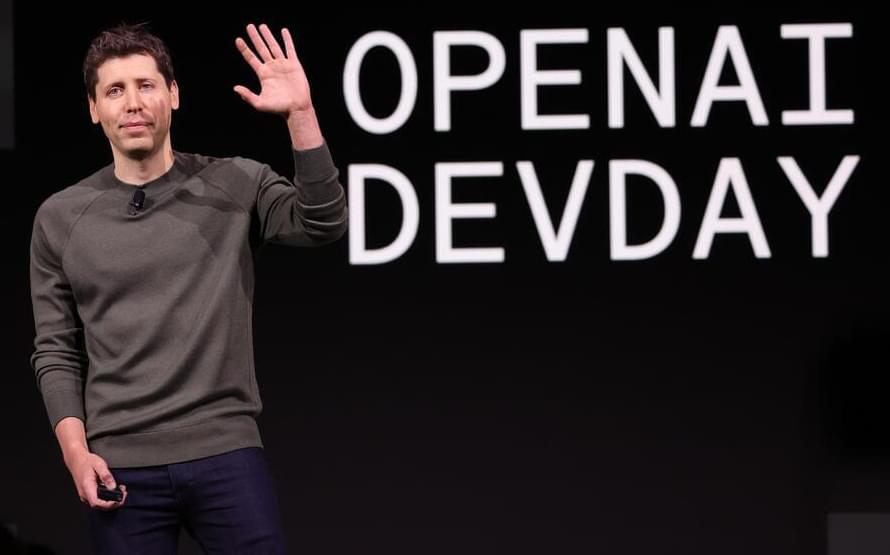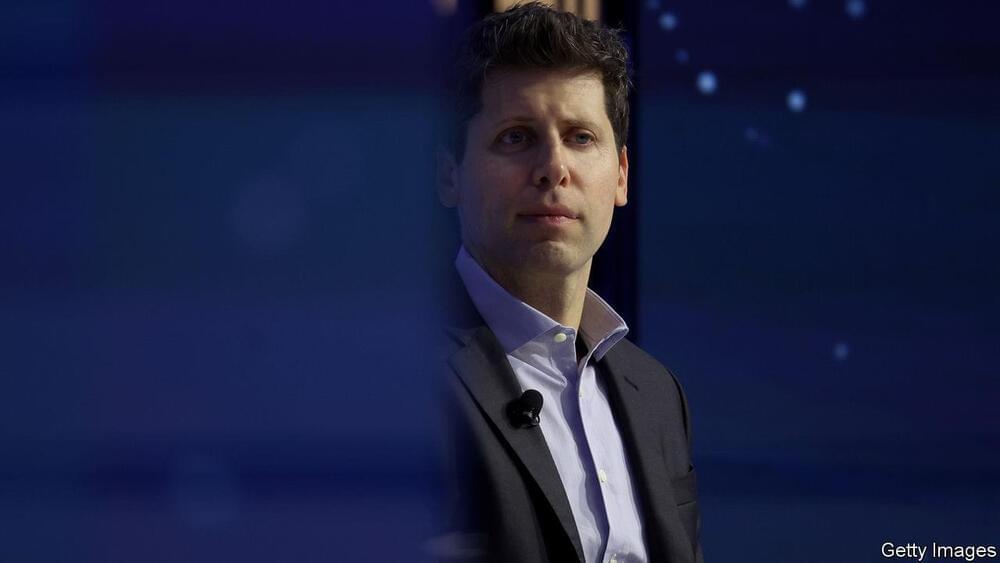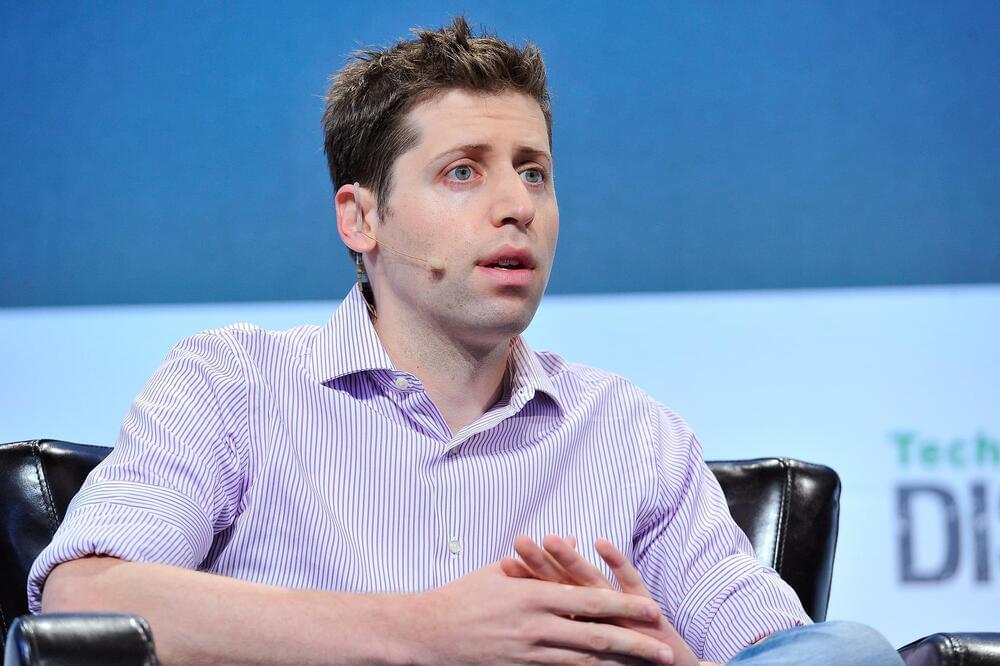Leading investors including Vinod Khosla and Reid Hoffman didn’t receive advanced notice that OpenAI’s board would push out its CEO and cofounder, sources told Forbes.



According to OpenAI’s corporate governance, directors’ key fiduciary duty is not to maintain shareholder value, but to the company’s mission of creating a safe AGI, or artificial general intelligence, “that is broadly beneficial.” Profits, the company said, were secondary to that mission. OpenAI first began posting the names of its board of directors on its website in July, following the departures of Reid Hoffman, Shivon Zilis and Will Hurd earlier this year, according to an archived version of the site on the Wayback Machine.
One AI-focused venture capitalist noted that following the departure of Hoffman, OpenAI’s non-profit board lacked much traditional governance. “These are not the business or operating leaders you would want governing the most important private company in the world,” they said.
Here’s who made the decision for Altman to be fired, and for Brockman to be removed from its board of directors. Update: Altman didn’t get a vote, The Information has reported. Brockman posted an account of his version of events to X that indicated the board had acted without his knowledge as well.


The AI startups working to build products that support African languages often get ignored by investors, says Hadgu, owing to the small size of the potential market, a lack of political support, and poor internet infrastructure. However, Hadgu says small African startups including Lesan, GhanaNLP, and Lelapa AI are playing an important role: “Big tech companies do not give focus to our languages,” he says, “but we cannot wait for them.”
Lelapa AI is trying to create a new paradigm for AI models in Africa, says Vukosi Marivate, a data scientist on the company’s AI team. Instead of tapping into the internet alone to collect data to train its model, like companies in the West, Lelapa AI works both online and offline with linguists and local communities to gather data, annotate it, and identify use cases where the tool might be problematic.
Bonaventure Dossou, a researcher at Lelapa AI specializing in natural-language processing (NLP), says that working with linguists enables them to develop a model that’s context-specific and culturally relevant. “Embedding cultural sensitivity and linguistic perspectives makes the technological system better,” says Dossou. For example, the Lelapa AI team built sentiment and tone analysis algorithms tailored to specific languages.
Mira Murati is to temporarily take up the reins at OpenAI following Sam Altman’s surprising departure.
After Sam Altman’s surprise sacking from OpenAI on Friday, the AI company has announced that Mira Murati will fill the gap as interim Chief Executive Officer (CEO) until a replacement is found. A relative unknown outside of Silicon Valley, many interested in the artificial intelligence (AI) space are rightfully wondering who she is. Let’s find out what we know so far.
Who are you?
Mira Murati was born in Albania but moved to Vancouver, Canada when she was 16 years old under a scholarship at an international school. After graduating, she studied at Dartmouth College and completed a mechanical engineering degree. After completing her studies, Murati worked as an intern at Goldman Sachs and then at the French aerospace group Zodiac Aerospace.

Scientists have built noise-canceling headphones that filter out specific types of sound in real-time — such as birds chirping or car horns blaring — thanks to a deep learning artificial intelligence (AI) algorithm.
The system, which researchers at the University of Washington dub “semantic hearing,” streams all sounds captured by headphones to a smartphone, which cancels everything before letting wearers pick the specific types of audio they’d like to hear. They described the protoype in a paper published Oct. 29 in the journa IACM Digital Library.


Engineers and paleontologists teamed up to reconstruct an ancestor of starfish from the Paleozoic era and figure out how it moved.
Get ready to have your minds blown because Quantum AI is about to flip the script on the world! Imagine computers that don’t just crunch numbers but tap into the mind-bending power of quantum bits or qubits. Quantum AI isn’t just a fancy upgrade; it’s like giving our digital brains a cosmic turbo boost. From supercharging data processing to tackling complex problems like a quantum superhero, this game-changer is set to redefine what we thought computers could do. Get ready for a tech revolution – Quantum AI is the rockstar that’s about to drop a mind-blowing album on the world of computing! 🚀💻🌌
#brightside.
Animation is created by Bright Side.
Music from TheSoul Sound: https://thesoul-sound.com/
Check our Bright Side podcast on Spotify and leave a positive review! https://open.spotify.com/show/0hUkPxD34jRLrMrJux4VxV
